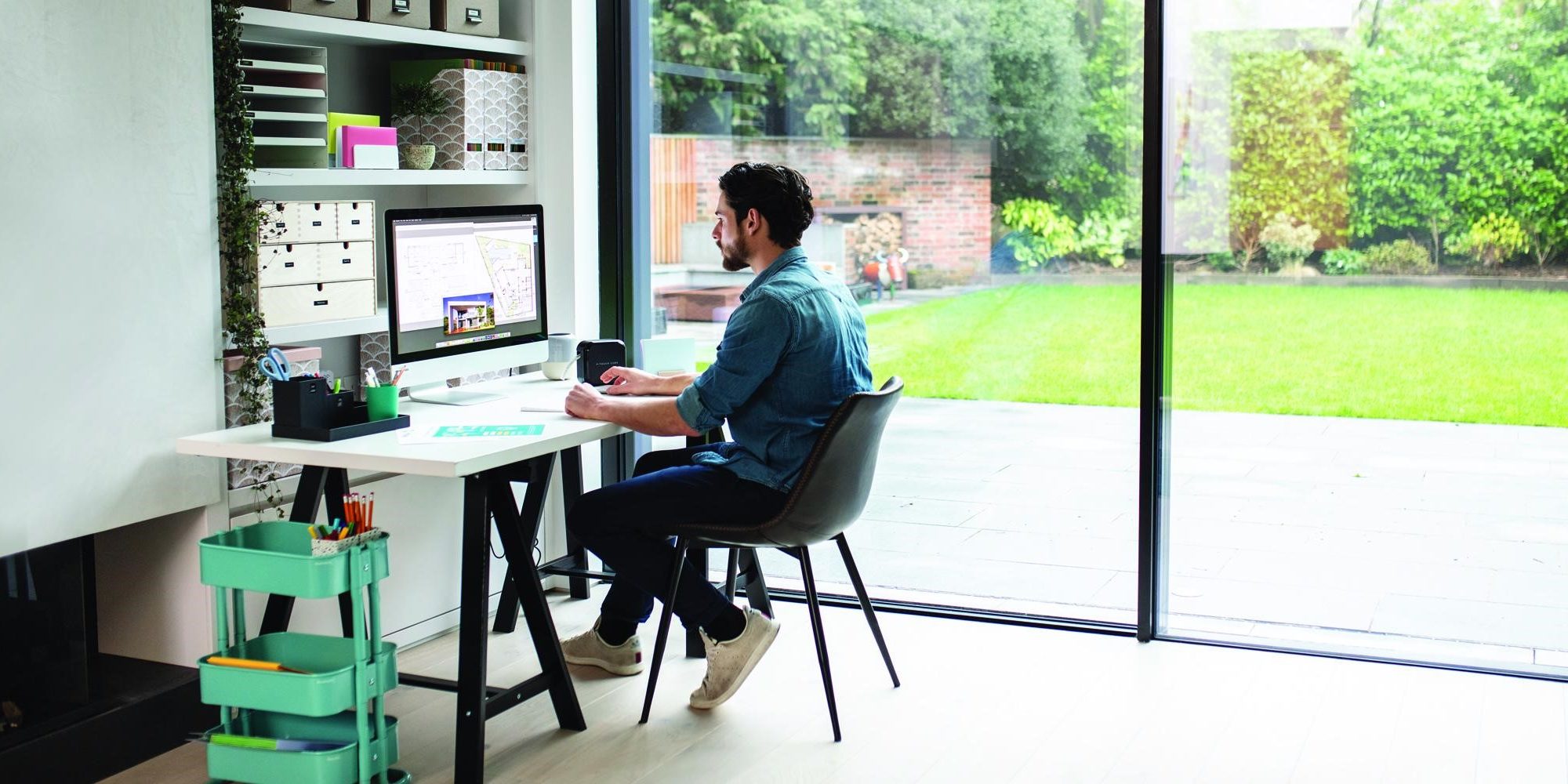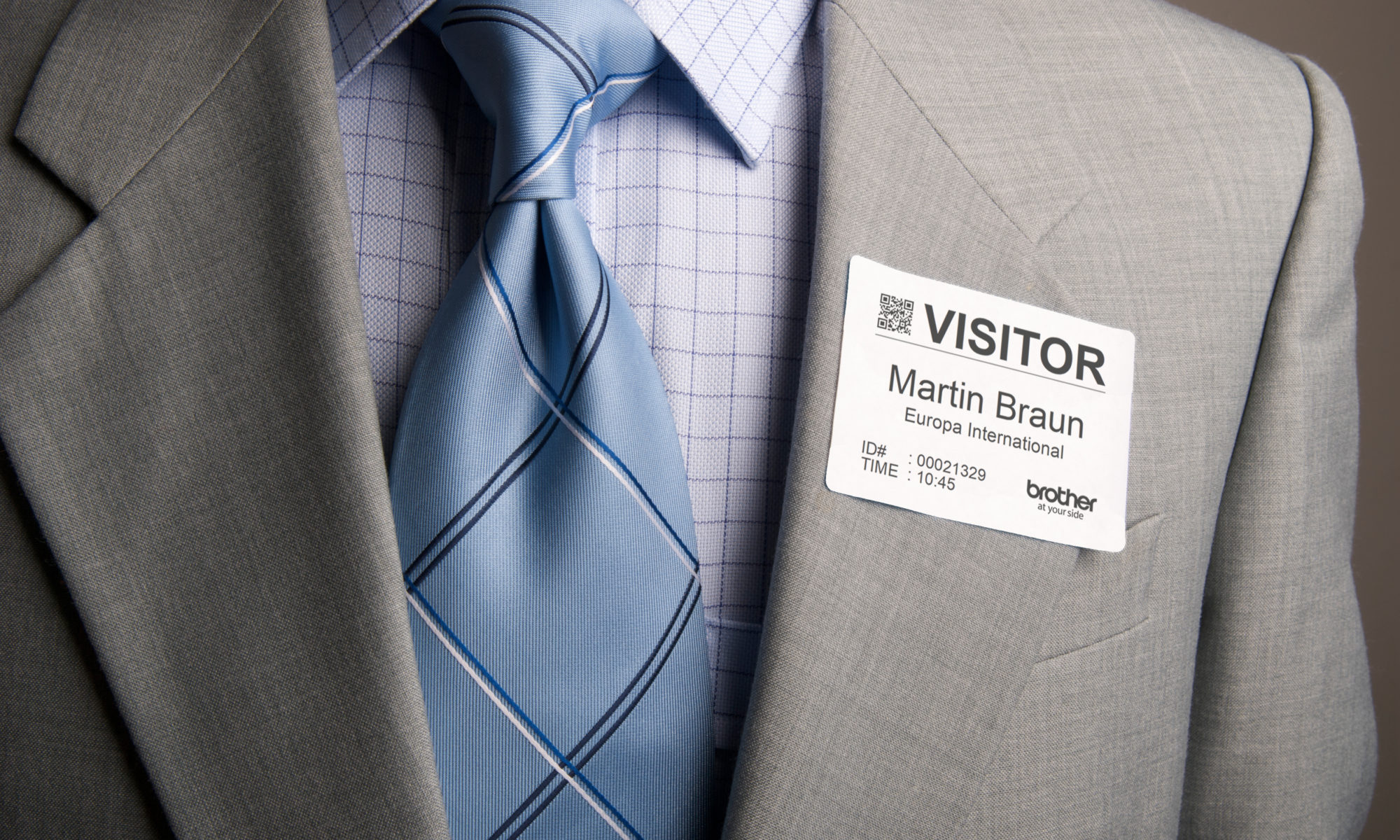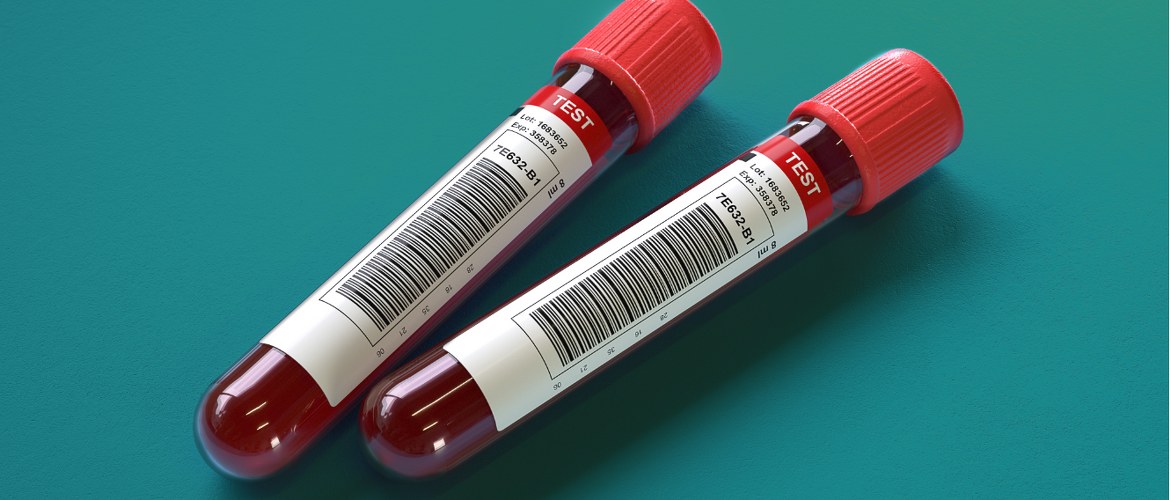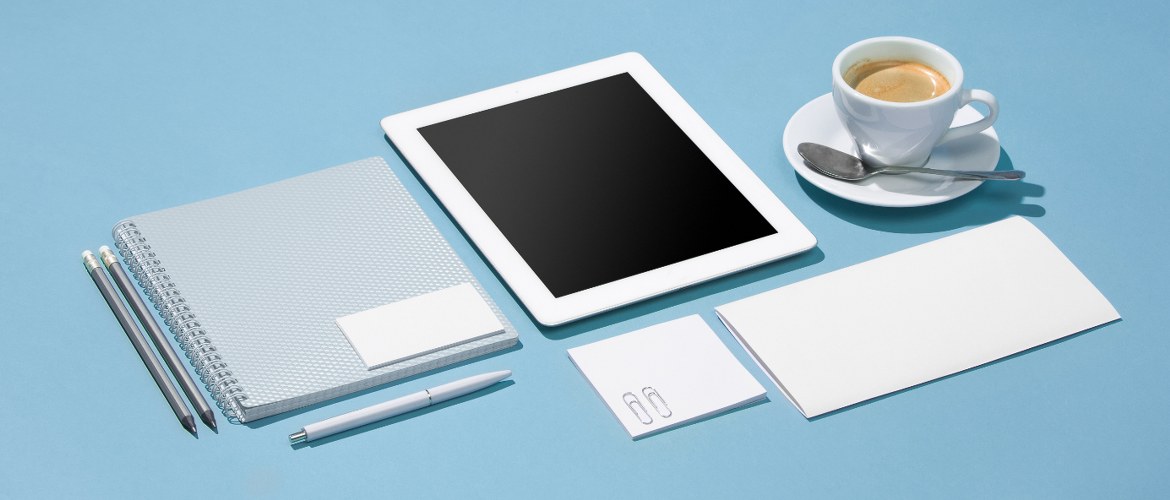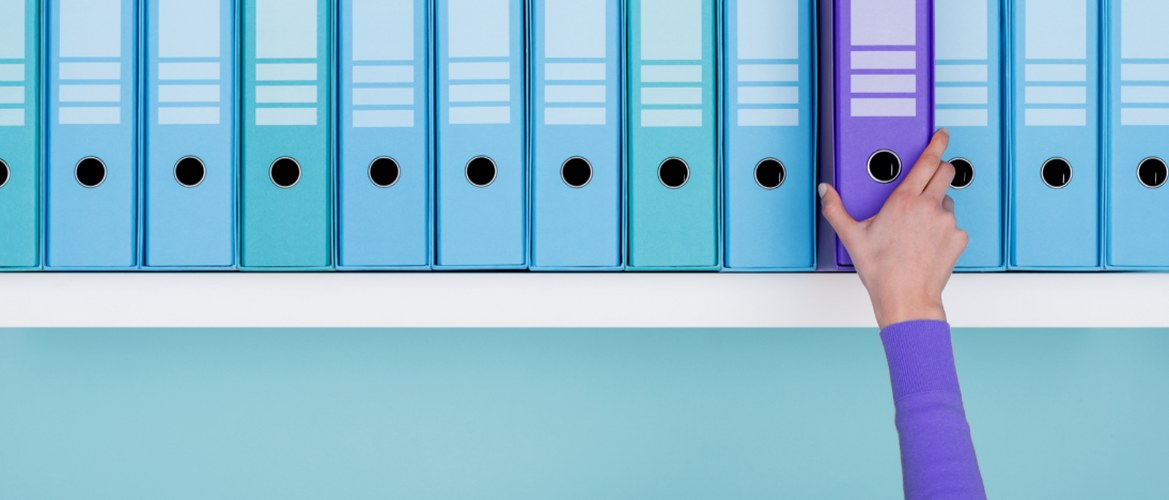The modern workplace is transforming and is predicted to look a lot different to the traditional office. Following a surge of people working from home during the COVID-19 pandemic, employees and business owners alike have recognised the work/life and productivity benefits, meaning many companies are now planning to divide the working week between days in the office and working from home.
For companies, a dispersed workforce makes it more difficult to keep track of equipment, keep business possessions secure and support employees with technical issues when things go wrong. For employees, creating an efficient working environment at home can be a struggle.
Label printers are already a key tool for office managers. Now they can help businesses navigate the logistical and IT challenges of working from home. Here’s our four top tips on how to use labelling to help employees stay productive and support businesses in maintaining control of possessions:
Improve equipment inventory with asset tagging
As the workplace evolves and formally expands into people’s homes, employees will be bringing more office equipment to their home office setup than ever before. This makes it more difficult for businesses to keep track of equipment. While big corporate IT departments have been adopting processes like asset tagging for years, smaller businesses may not have needed to do this until now.
Asset tagging is used to create a unique serial code or barcode for equipment whether it’s a mouse, charger, laptop or even an office chair. This allows businesses to keep a log of the equipment, which makes planning processes more efficient, inventory control easier and allows a smoother process for IT help desks as they can identify equipment quickly.
Maintenance and updates of technology such as firmware upgrades can also be logged through asset tagging, helping to keep business devices secure.
Using a barcode label printer means labels can be easily scanned, significantly limiting human error and making the process quicker than manually typing in serial codes. However, if the equipment is off site and cannot be scanned, a serial number can be used to identify the device.
Tagging equipment to protect lost items
Hybrid working also means more people are moving equipment between their home and office, resulting in an increased risk of valuable kit being lost or misplaced in transit. This not only results in a replacement cost for the business, but also carries the risk of work getting lost or confidential data and documents falling into the wrong hands.
Businesses can mitigate this risk – and increase the chances of getting equipment back – by clearly labelling possessions with their head office address and contact details. This makes it easier for the person who finds it
to return it.
But this may not just be an issue in transit, equipment is also at risk of going missing in the office due to the increase in employees not having their own dedicated desk. Labelling items with an employee’s name or ID number can help prevent this.
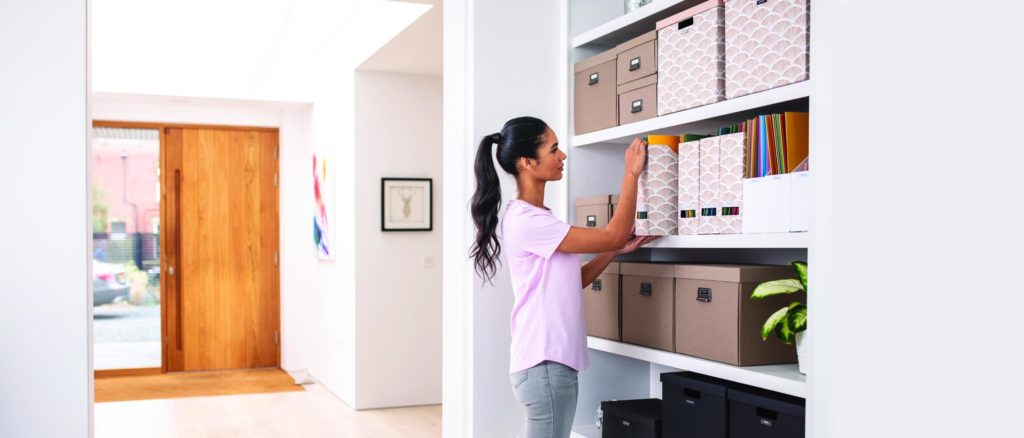
Professionalise with printed shipping labels
Hybrid working, combined with the continued rise of e-commerce, may mean that employees send more business parcels and letters from home.
To ensure a compliant and streamlined labelling process that looks professional, a wireless labelling device for shipping labels can be used in a home office setup. This lets staff create clear labels fast – ensuring that parcels get delivered on time without any rejections due to unclear labelling.
Home office organisation
It’s likely that, in the future, companies will have an obligation to ensure the suitability of home working spaces. Businesses can proactively get ahead by providing the ability to organise workspaces better now.
Home working means more equipment, more cables and more paperwork at home. Businesses can support their employees in staying organised by enabling them to label cables, folders, files and storage boxes efficiently to replicate at home what is best practice in the office – without wasting too much time on admin.
Workplaces of the future will also see a decrease in employees having dedicated working areas, so labelling things in the office will be crucial to make sure staff keep track of their own equipment.
If the last year has proven anything, it’s that business can adapt to the most difficult of circumstances. And, as we all look ahead to a potentially challenging transition to hybrid working, businesses can rely on a sturdy label to make life that little bit easier.
To help make sure your co-workers are ready for hybrid working and fully equipped for the new normal of working from home, check out our label printer solutions today https://www.brother.ae/en/contents/labelling-solutions
